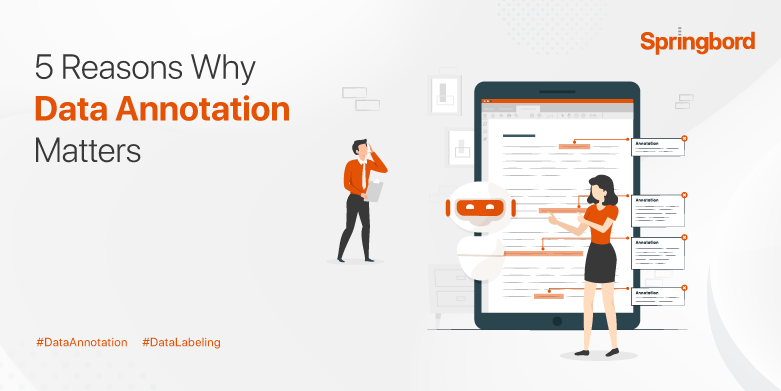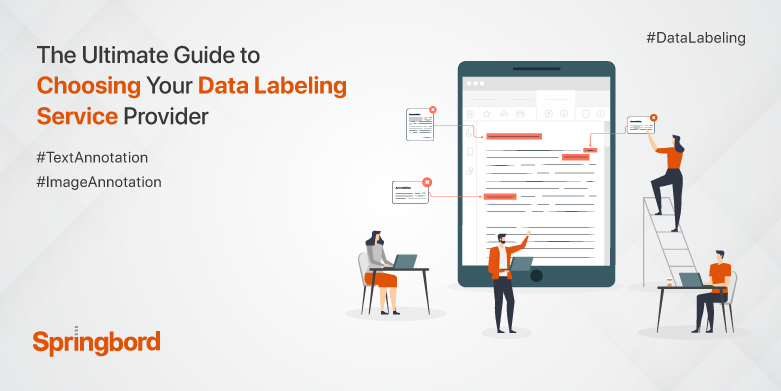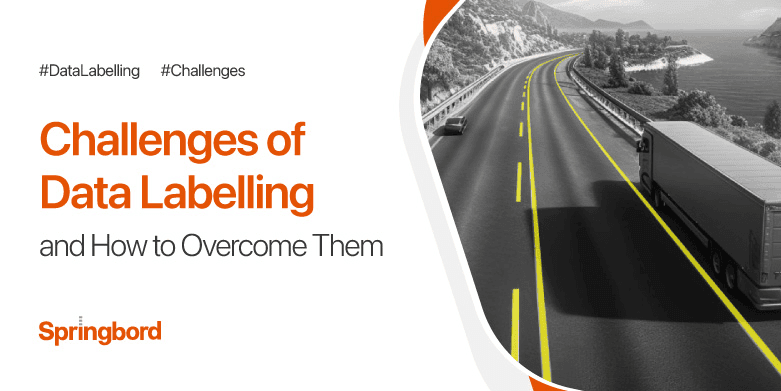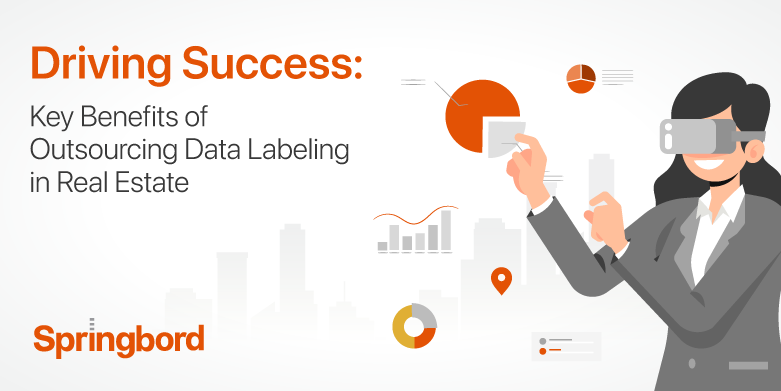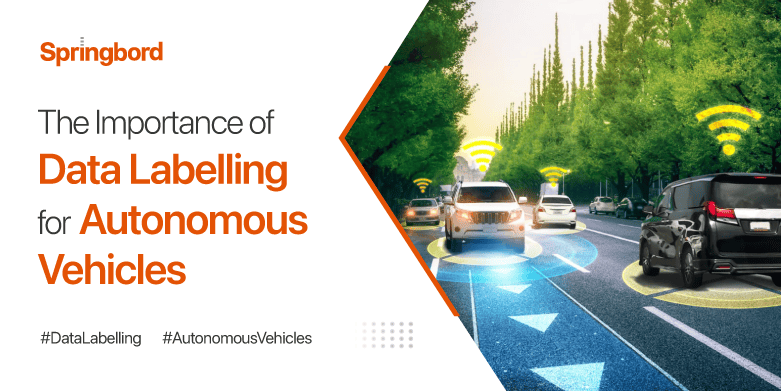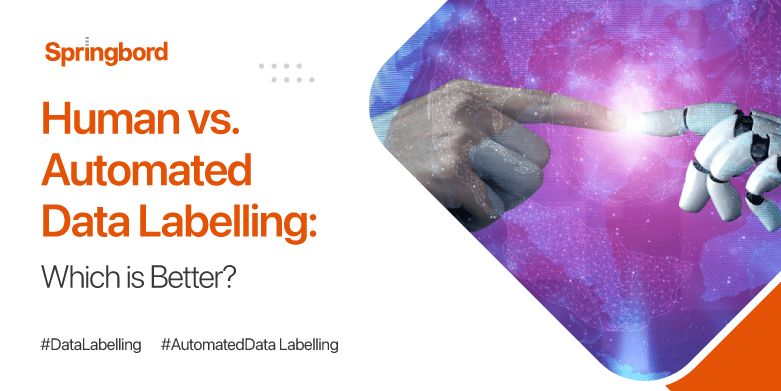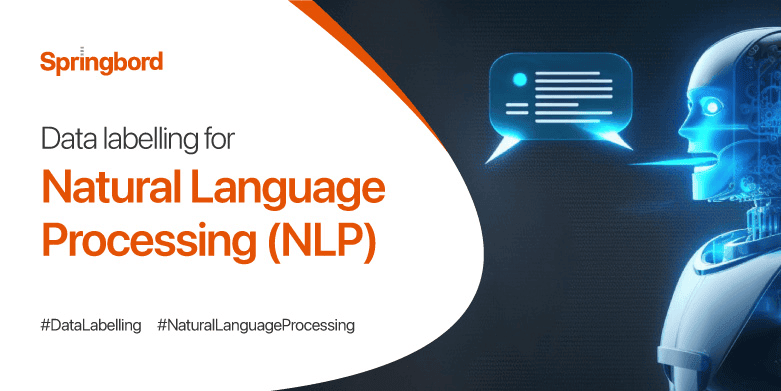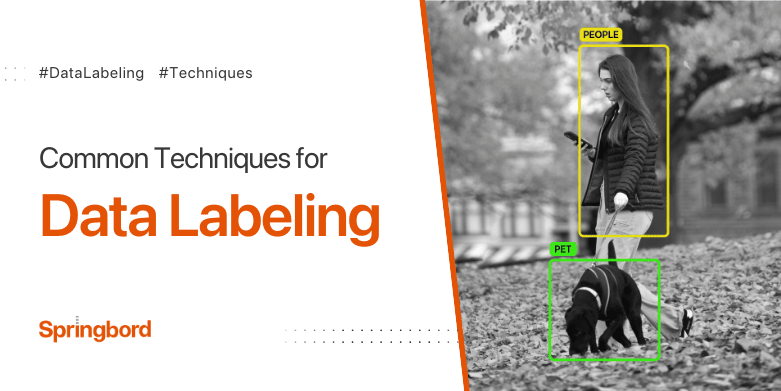M
E
N
U
Artificial intelligence (AI) and machine learning are here to stay. They have changed the way we live and experience the world around us. These technologies throw up some amazing opportunities that can help drive the global economy. Be it music, banking, or medical care, you will find machine learning and algorithms powering the latest innovations.
The efficacy of any AI/ML model depends not only on algorithms but also on the quality, precision, and consistency of the training data. As enterprises increasingly rely on AI for automation, decision-making, and customer experience, precise data labeling becomes an essential component. Labeled datasets serve as the basis for developing computer vision systems, natural language
Unlock the secrets of cutting-edge AI and machine learning as we delve into the intriguing world of data labelling challenges. Also, Learn about the roadblocks that prevent the compilation of trustworthy datasets and investigate novel approaches to removing them. Introduction Data labelling is an essential component of machine learning and AI, and it is required
Making well-informed decisions in the highly competitive and data-driven real estate industry requires utilizing precise and thorough data. Data labeling, a critical process in preparing data for machine learning (ML) and AI applications, has gained significant importance. This blog explores the benefits of outsourcing data labeling for real estate businesses, highlighting how it can enhance
In the ever-evolving landscape of autonomous vehicles, a crucial process forms the bedrock of their capabilities – accurate data labelling. This process is pivotal in empowering these vehicles to not only understand their environment but also navigate it with precision. In essence, data labelling involves annotating vast datasets, including images and sensor readings, to provide
Data labelling is crucial to data-driven decision-making with implications outside data science. Human vs. automated data labelling is a big topic of debate. People who support human labelling point to their knowledge and understanding of the context, while people who support automation point to its potential for efficiency and scalability. This article aims to compare
Explore the fascinating realm of data labelling as we uncover the full possibilities of Natural Language Processing (NLP). In this exciting voyage, we’ll learn how superior labelled data may revolutionize natural language processing tools. Introduction Data labelling for natural language processing (NLP) enables machines to comprehend and process human language effectively. To train NLP models
Data labeling serves as the key that unlocks the true value of data in the modern digital environment. Data is the new gold. Data labeling involves the process of annotating or tagging raw data with specific labels or categories, enabling AI systems to recognize patterns and make accurate predictions. From self-driving cars to virtual assistants,
Introduction: Data labeling, also known as data annotation, is the process of assigning meaningful and accurate labels or tags to raw data. It is a fundamental step in supervised machine learning, where labeled data serves as the basis for training algorithms to make predictions or classifications. Various techniques have emerged to address the challenge of
In today’s data-driven society, the precise annotation of auditory data is essential to the success of numerous industries. Audio annotation, the process of labeling audio recordings with pertinent information, facilitates the development of innovative technologies such as speech recognition, natural language processing, and voice assistants. Selecting the right data labeling service is essential to ensure


